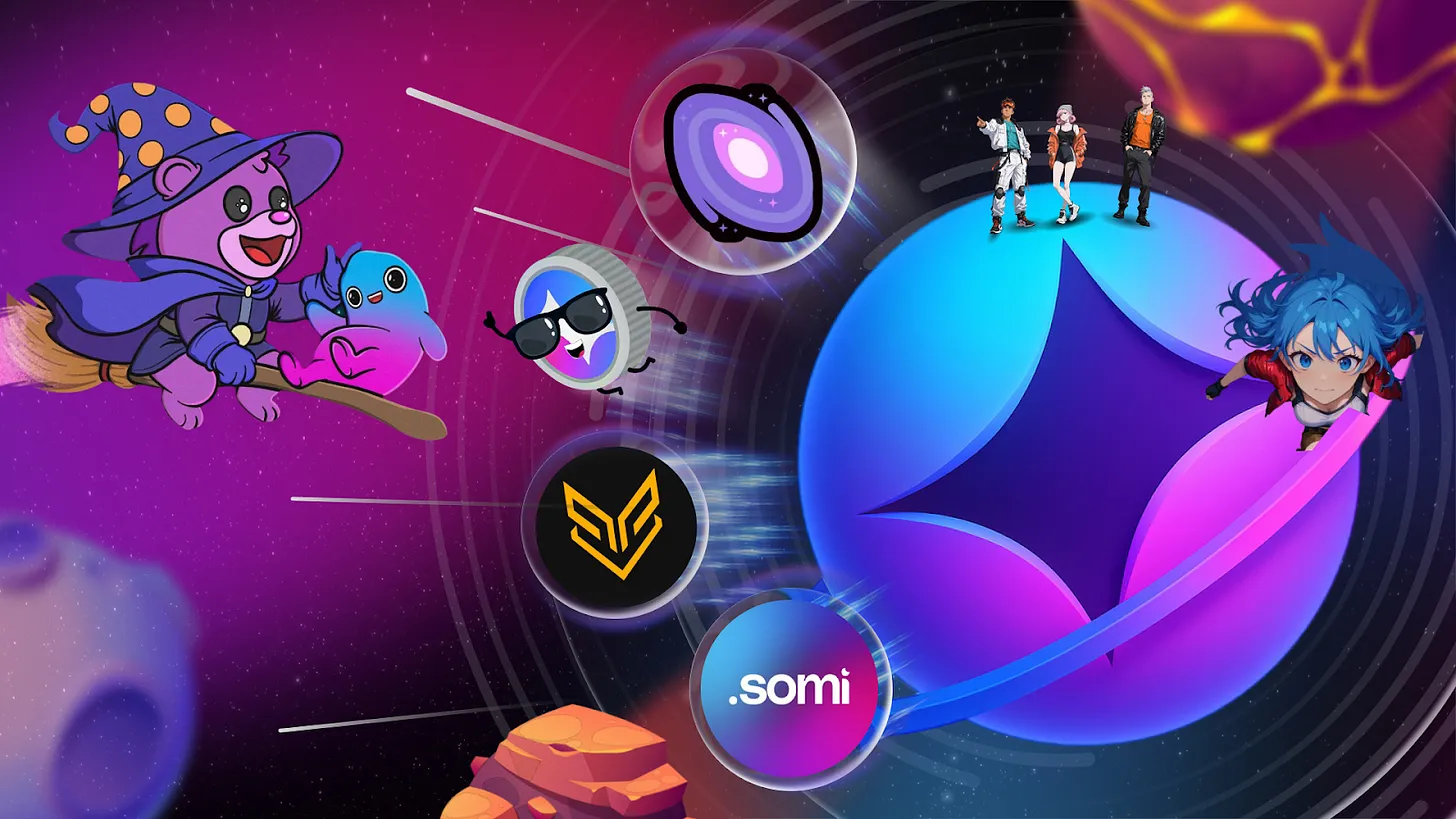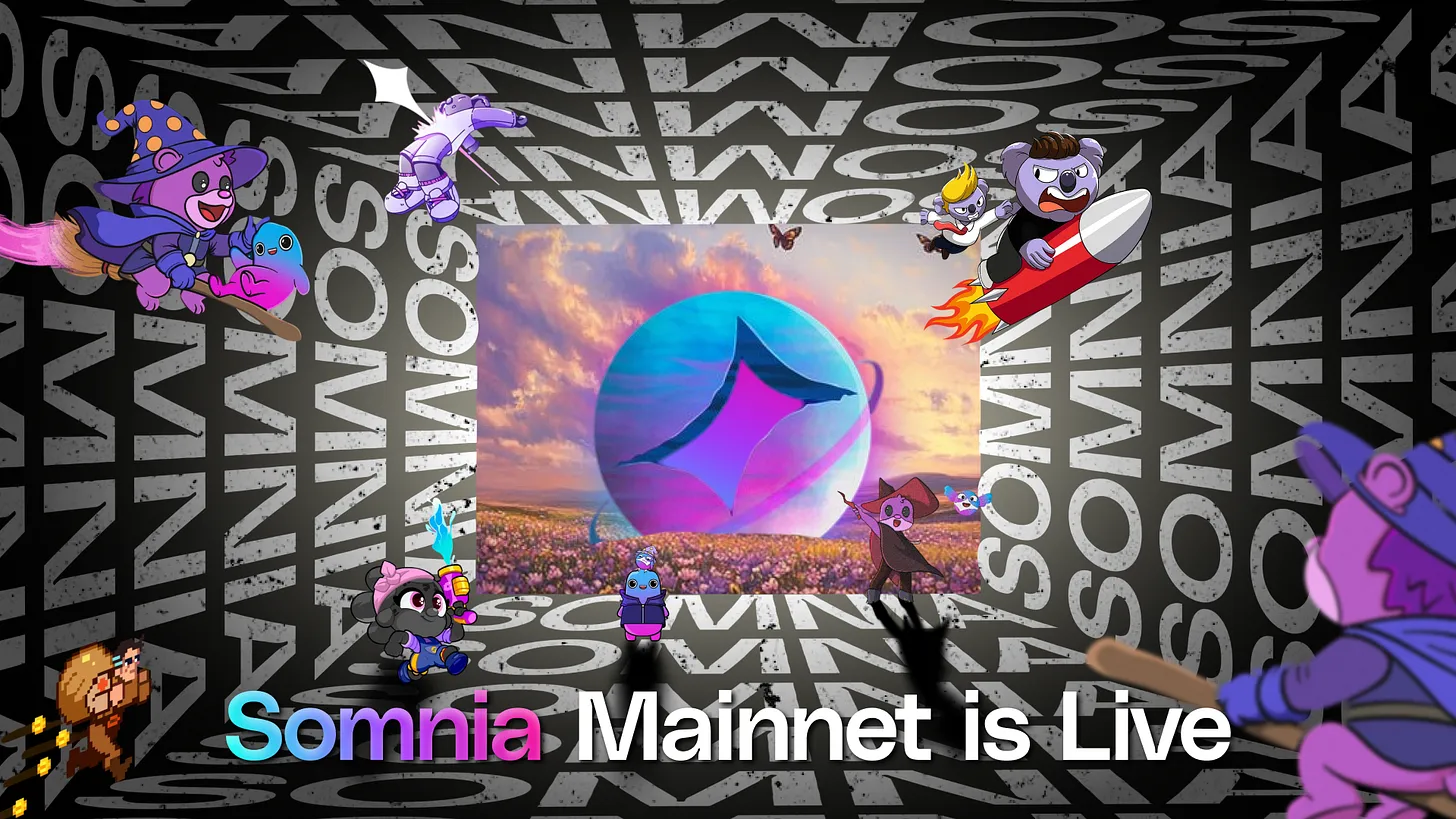
Why The Metaverse Needs Its Own Blockchain

Most blockchains are built for basic financial applications. Even if they are recognized as general-purpose, they still lack the speed and performance specifications that are required for many non-financial use-cases, like gaming or the metaverse. These types of applications often struggle even on some of the faster blockchains, which is why we’re building a new L1 that is specifically designed to accommodate the metaverse.
Some platforms are just beginning to integrate ownership for digital items, but this doesn’t necessarily make the games or social interactions any better.
What really enhances these digital spaces are unique, interactive experiences. Many new blockchains are handling vast numbers of transactions faster than ever, but most can’t tap into the established network of developers and resources in the EVM ecosystem. Somnia is working on a solution that would bring this high-speed capability to the EVM, allowing for better performance without losing access to its valuable ecosystem.
Somnia uses a new design that separates data handling from the consensus-building part of the process. This means each part can operate more efficiently. This new design has also improved how data is managed and compressed, which increases throughput and decreases cost as well.
In short, our goal with Somnia is not just about achieving faster speeds, but about creating a blockchain that supports real-world uses in the gaming and metaverse sectors, bringing more interactive and seamless experiences to users.
For a more technical breakdown of the benefits of Somnia’s L1 design, check out our in depth article “Why Another Blockchain? Exploring the Need for a Million Users in a Virtual Society”
To learn more about Somnia, read our litepaper.



